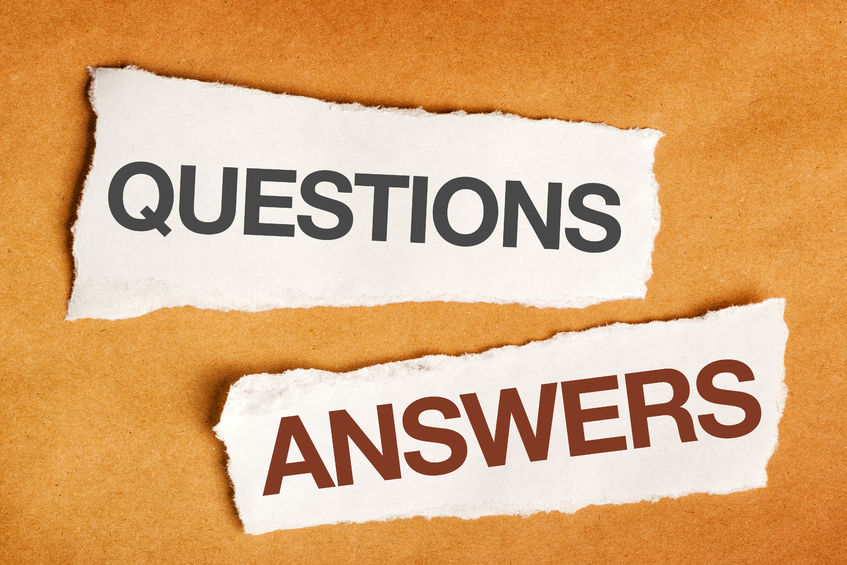In my IST 646 (Storytelling for Information Professionals) class I have been tasked with telling a one-minute story using the sound mixing software Audacity so that I could add music and sound effects to a story to make it more compelling. You can hear the finished product below:
[Some necessary information to give credit where it’s due: the story is “The Smuggler” which is a tale from the Middle East taken from Wisdom Tales from Around the World by Heather Forest. I am the narrator above and made a few small changes to the original story in the process of telling it. The background music is Desert City by Kevin MacLeod
Link: https://incompetech.filmmusic.io/song/3639-desert-city/
License: http://creativecommons.org/licenses/by/4.0/. The donkey noises are classified as CC0 and no attribution is necessary.]
The story of this audio tale’s creation is much different than the struggles I faced the last time I told an audio story. The story of creating my version of “The Smuggler” is hardly a proper story at all in comparison. To be sure, the same parts of the story are there (i.e. exposition, rising action, climax, falling action, resolution) but this time the ordeals were not as severe. No intense crisis overwhelmed me. Therefore, the relief at finishing the project was perhaps not as momentous.
That’s not to say the process was without its challenges. My first task was mastering the Audacity software to the extent that I could record and edit the basic narrative of “The Smuggler” in a way that sounded professional and pleasing to me. Remembering my former advice to myself, I didn’t over-rehearse or stress out too much, but just did my best to tell the story using vocal techniques that I had been taught.
When that was accomplished, I set out to complete my next task: to select music (under a Creative Commons license or in the public domain) that would enhance the story. I searched Incompetech to find just the right piece of music with a Middle Eastern flavor, since I was telling a story from that region of the world. And I found donkey noises on Freesound, since you simply cannot craft a story featuring donkeys without that “hee-haw” sound effect.

My final task was to use the multi-track audio editing features of the Audacity software to combine music, sound effects, and narration to create a balanced whole. I confess to being a trifle nervous at this prospect, since I’ve never manipulated multiple tracks of audio before. I thought of all that could go wrong, like background music that might drown out the narration or not being able to find just the right spot for strategically placed donkey noises. Fortunately, I was able to use my professor’s Audacity tutorials and tips to come up with a final product that sounded just right to me.
The result is not only the audio you can hear above in my version of “The Smuggler,” but a growing sense of pride that I am meeting challenges head-on and mastering new skills along my storytelling journey.
Please tell me what you think of my latest story. I am always happy to receive kindly-worded constructive criticism as well as praise.


















